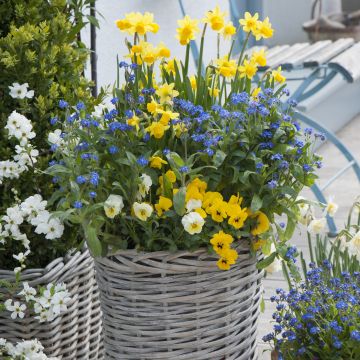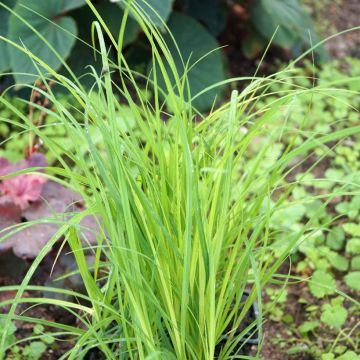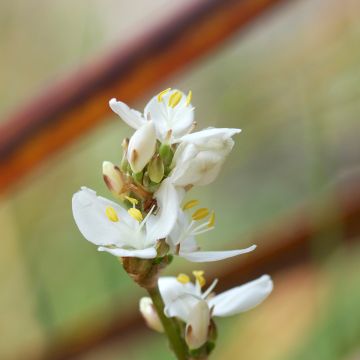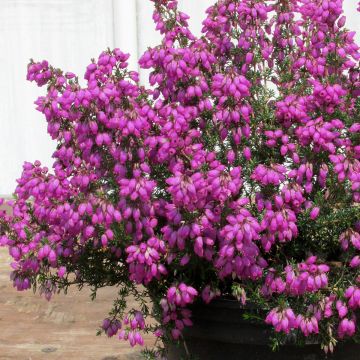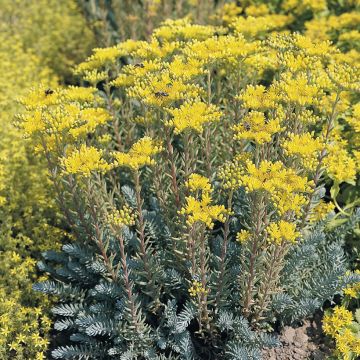Shipping country and language
Your country of residence may be:
Your country of residence is:
For a better user experience on our website, you can select:
Your shipping country:
Andorra
Austria
Belgium
Bulgaria
Canada
Chile
Croatia
Cyprus
Czechia
Denmark
Estonia
Finland
France
Germany
Greece
Hungary
Iceland
Ireland
Italy
Latvia
Lithuania
Luxembourg
Malta
Monaco
Netherlands
Poland
Portugal
Romania
Slovakia
Slovenia
Spain
Sweden
Switzerland
United Kingdom
We only deliver seed and bulb products to your country. If you add other products to your basket, they cannot be shipped.
Language:
French
German
Spanish
English
My Account
Hello
My wish lists
Plantfit
Log in / Register
Existing customer?
New customer?
Create an account to track your orders, access our customer service and, if you wish, make the most of our upcoming offers.


Philodendron xanadu - Thaumatophyllum xanadu
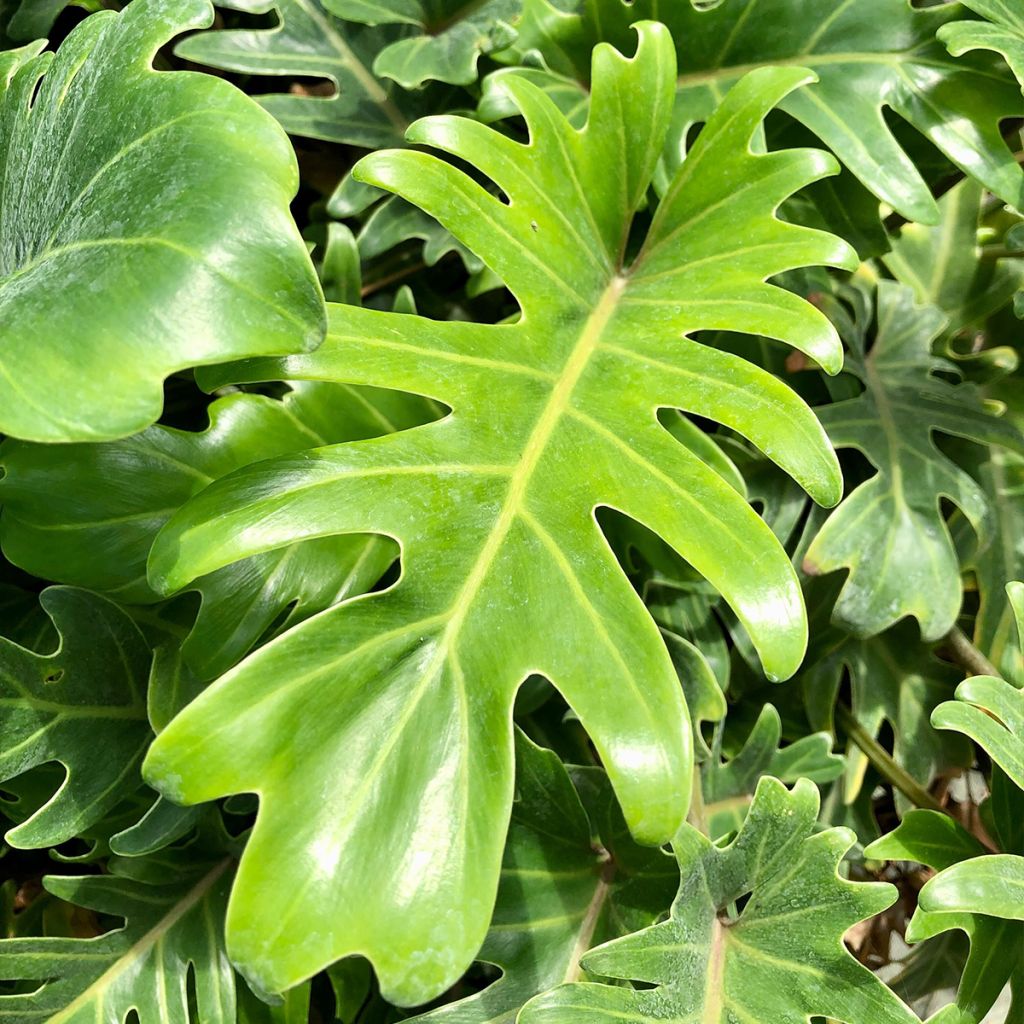

Philodendron xanadu - Thaumatophyllum


Philodendron xanadu - Thaumatophyllum


Philodendron xanadu - Thaumatophyllum xanadu


Philodendron xanadu - Thaumatophyllum xanadu


Philodendron xanadu - Thaumatophyllum xanadu


Philodendron xanadu - Thaumatophyllum xanadu
Philodendron xanadu
Philodendron xanadu
Xanadu Philodendron
The leaves are not as dentate as in the picture: the dentation was part of the appeal of the Philodendron xanadu...
Isabelle B., 10/04/2023
Order in the next for dispatch today!
Dispatch by letter from 3,90 €.
Delivery charge from 5,90 € Oversize package delivery charge from 6,90 €.
More information
This item is not available in your country.
Shipping country:
Andorra
Austria
Belgium
Bulgaria
Canada
Chile
Croatia
Cyprus
Czechia
Denmark
Estonia
Finland
France
Germany
Greece
Hungary
Iceland
Ireland
Italy
Latvia
Lithuania
Luxembourg
Malta
Monaco
Netherlands
Poland
Portugal
Romania
Slovakia
Slovenia
Spain
Sweden
Switzerland
United Kingdom
Schedule delivery date,
and select date in basket
This plant carries a 12 months recovery warranty
More information
We guarantee the quality of our plants for a full growing cycle, and will replace at our expense any plant that fails to recover under normal climatic and planting conditions.
From 5,90 € for pickup delivery and 6,90 € for home delivery
Express home delivery from 8,90 €.
Would this plant suit my garden?
Set up your Plantfit profile →
Description
The Philodendron or Thaumatophyllum xanadu is characterised by a bushy habit, finely cut foliage, and a specific resistance to cold. It is a lush plant with a tropical appearance. It is easy to grow indoors, on a well-sheltered terrace, or even in the ground in our mild regions spared from frost. Over time, it forms a large tuft of heavily cut leaves with a gleaming dark green colour. This plant can regrow from the stump after being destroyed by frost. Still, late in spring, it risks exhaustion in rebuilding its vegetation after 3 or 4 years. We recommend growing this marvel in a large pot and protecting it from frost in winter. It is a splendid indoor or conservatory plant, essential for creating a lush decor on a terrace or patio.
The Philodendron Xanadu, now renamed Thaumatophyllum xanadu, is a large perennial shrub belonging to the arum family, like Colocasia and Monstera. It is a terrestrial species native to subtropical forests in Brazil. It is not a liana but rather a bushy plant with a spreading habit, developing a vegetation dome slightly wider than tall over time, occupying about 1.30 m (4ft) in height and 1.60 m (5ft) in spread. Its growth is relatively slow. The stems transform over time into rigid trunks, ranging from brown to grey, marked by numerous foliar scars. At the top of this trunk, a cluster of huge, long-petioled leaves develops. Each leaf, measuring up to 40 cm (16in), is divided into 15 to 20 narrow, regular lobes with a leathery texture and smooth edges. The lamina is bright green, glossy, and marked by lighter veins. Like all philodendrons, Xanadu produces multiple long aerial roots, primarily capturing humidity from the air. Flowering is rare in cultivation. It appears as a spadix surrounded by a narrow reddish spathe.
Philodendron xanadu is an impressive plant on the terrace and in the house, but easy to grow in rich and lightweight soil. It prefers partial shade, tolerates dry air and occasional forgetfulness of watering, and its foliage only truly suffers below 0°C (32°F). It is a focal point in contemporary or exotic decor, whether planted in a large container on the terrace, in a spacious living room, or in a lightly heated and bright dining room. This robust plant goes well with banana plants, Tetrapanax, and Cycas, whose magnificence recalls Andalusian patios.
Philodendron is also known as an air-purifying plant: it apparently can partially eliminate toxic molecules such as formaldehyde, carbon monoxide, toluene, benzene, hexane, trichloroethylene, and ammonia in our apartments.
Philodendron xanadu in pictures




Flowering
Foliage
Plant habit
Safety measures
Botanical data
Philodendron
xanadu
Araceae
Xanadu Philodendron
Cultivar or hybrid
atteintescutaneomuqueuses
Cette plante peut provoquer l'apparition de réactions cutanées indésirables, une atteinte des yeux, ou des difficultés respiratoires si elle est ingérée.
Ne la plantez pas là où de jeunes enfants peuvent évoluer. Evitez tout contact avec la peau: privilégiez l'emploi de gants pour la manipuler. En cas de contact, lavez-vous soigneusement les mains et rincez abondamment à l'eau la zone concernée. Lavez les vêtements entrés en contact. En cas de réaction cutanée, contactez votre médecin ou le centre antipoison le plus proche de chez vous. En cas d'atteinte étendue ou de difficultés respiratoires, appelez immédiatement le 15 ou le 112.Pensez à conserver l'étiquette de la plante, à la photographier ou à noter son nom, afin de faciliter le travail des professionnels de santé.
Davantage d'informations sur https://plantes-risque.info
Other Perennials A to Z
Planting and care
If you want to plant a Philodendron xanadu in your garden, ensure it's sheltered and in a mild region. The plant does well in sunny areas that aren't hot or in partial shade. Too much sunlight can cause the leaves to turn yellow. The plant needs rich, light soil that's humus-rich and peaty, but it can handle being watered with hard water. It likes moist but well-drained soil and can tolerate being dry between waterings. During winter, it can take the dry atmosphere of indoor environments. Alternatively, you can plant it in large containers with regular and abundant watering, less frequently during the growing season and less in the winter. Apply green plant fertiliser every 15 days from March to September. If the air is too dry in winter, the plant may be attacked by red spiders. If this happens, spray the foliage from time to time. Although this xanadu variety is usually grown in greenhouses or conservatories, it is pretty cold-resistant. If planted in the ground, its foliage may be affected by 0°C (32°F), and its stump may be destroyed below -4°C (24.8°F). Note that the plant may wither after 3 or 4 years because it has to work hard year after year to regenerate the vegetation it has destroyed by frost.
Planting period
Intended location
Care
- , onOrder confirmed
Reply from on Promesse de fleurs
Evergreen perennials
Haven't found what you were looking for?
Hardiness is the lowest winter temperature a plant can endure without suffering serious damage or even dying. However, hardiness is affected by location (a sheltered area, such as a patio), protection (winter cover) and soil type (hardiness is improved by well-drained soil).

Photo Sharing Terms & Conditions
In order to encourage gardeners to interact and share their experiences, Promesse de fleurs offers various media enabling content to be uploaded onto its Site - in particular via the ‘Photo sharing’ module.
The User agrees to refrain from:
- Posting any content that is illegal, prejudicial, insulting, racist, inciteful to hatred, revisionist, contrary to public decency, that infringes on privacy or on the privacy rights of third parties, in particular the publicity rights of persons and goods, intellectual property rights, or the right to privacy.
- Submitting content on behalf of a third party;
- Impersonate the identity of a third party and/or publish any personal information about a third party;
In general, the User undertakes to refrain from any unethical behaviour.
All Content (in particular text, comments, files, images, photos, videos, creative works, etc.), which may be subject to property or intellectual property rights, image or other private rights, shall remain the property of the User, subject to the limited rights granted by the terms of the licence granted by Promesse de fleurs as stated below. Users are at liberty to publish or not to publish such Content on the Site, notably via the ‘Photo Sharing’ facility, and accept that this Content shall be made public and freely accessible, notably on the Internet.
Users further acknowledge, undertake to have ,and guarantee that they hold all necessary rights and permissions to publish such material on the Site, in particular with regard to the legislation in force pertaining to any privacy, property, intellectual property, image, or contractual rights, or rights of any other nature. By publishing such Content on the Site, Users acknowledge accepting full liability as publishers of the Content within the meaning of the law, and grant Promesse de fleurs, free of charge, an inclusive, worldwide licence for the said Content for the entire duration of its publication, including all reproduction, representation, up/downloading, displaying, performing, transmission, and storage rights.
Users also grant permission for their name to be linked to the Content and accept that this link may not always be made available.
By engaging in posting material, Users consent to their Content becoming automatically accessible on the Internet, in particular on other sites and/or blogs and/or web pages of the Promesse de fleurs site, including in particular social pages and the Promesse de fleurs catalogue.
Users may secure the removal of entrusted content free of charge by issuing a simple request via our contact form.
The flowering period indicated on our website applies to countries and regions located in USDA zone 8 (France, the United Kingdom, Ireland, the Netherlands, etc.)
It will vary according to where you live:
- In zones 9 to 10 (Italy, Spain, Greece, etc.), flowering will occur about 2 to 4 weeks earlier.
- In zones 6 to 7 (Germany, Poland, Slovenia, and lower mountainous regions), flowering will be delayed by 2 to 3 weeks.
- In zone 5 (Central Europe, Scandinavia), blooming will be delayed by 3 to 5 weeks.
In temperate climates, pruning of spring-flowering shrubs (forsythia, spireas, etc.) should be done just after flowering.
Pruning of summer-flowering shrubs (Indian Lilac, Perovskia, etc.) can be done in winter or spring.
In cold regions as well as with frost-sensitive plants, avoid pruning too early when severe frosts may still occur.
The planting period indicated on our website applies to countries and regions located in USDA zone 8 (France, United Kingdom, Ireland, Netherlands).
It will vary according to where you live:
- In Mediterranean zones (Marseille, Madrid, Milan, etc.), autumn and winter are the best planting periods.
- In continental zones (Strasbourg, Munich, Vienna, etc.), delay planting by 2 to 3 weeks in spring and bring it forward by 2 to 4 weeks in autumn.
- In mountainous regions (the Alps, Pyrenees, Carpathians, etc.), it is best to plant in late spring (May-June) or late summer (August-September).
The harvesting period indicated on our website applies to countries and regions in USDA zone 8 (France, England, Ireland, the Netherlands).
In colder areas (Scandinavia, Poland, Austria...) fruit and vegetable harvests are likely to be delayed by 3-4 weeks.
In warmer areas (Italy, Spain, Greece, etc.), harvesting will probably take place earlier, depending on weather conditions.
The sowing periods indicated on our website apply to countries and regions within USDA Zone 8 (France, UK, Ireland, Netherlands).
In colder areas (Scandinavia, Poland, Austria...), delay any outdoor sowing by 3-4 weeks, or sow under glass.
In warmer climes (Italy, Spain, Greece, etc.), bring outdoor sowing forward by a few weeks.
